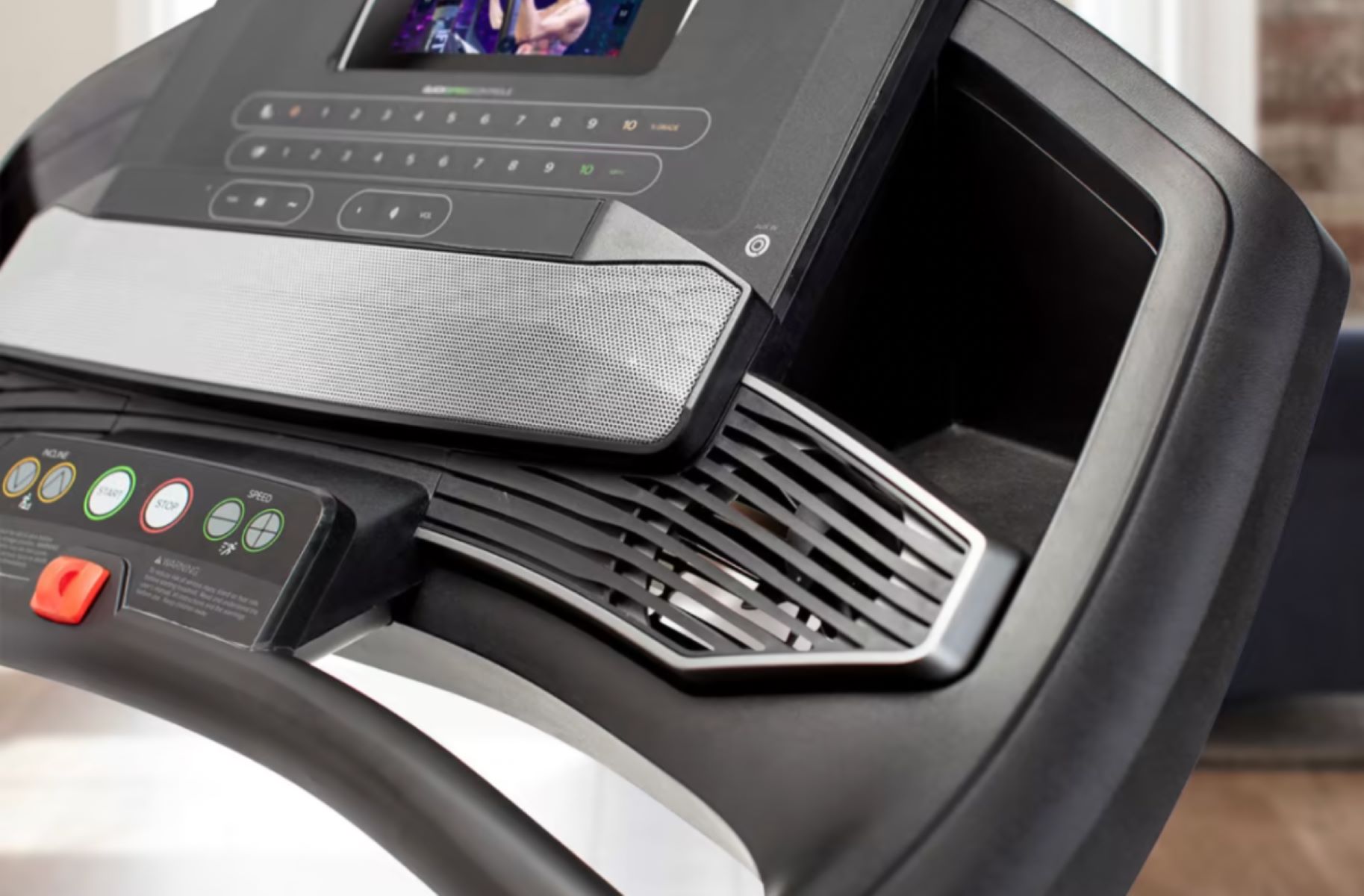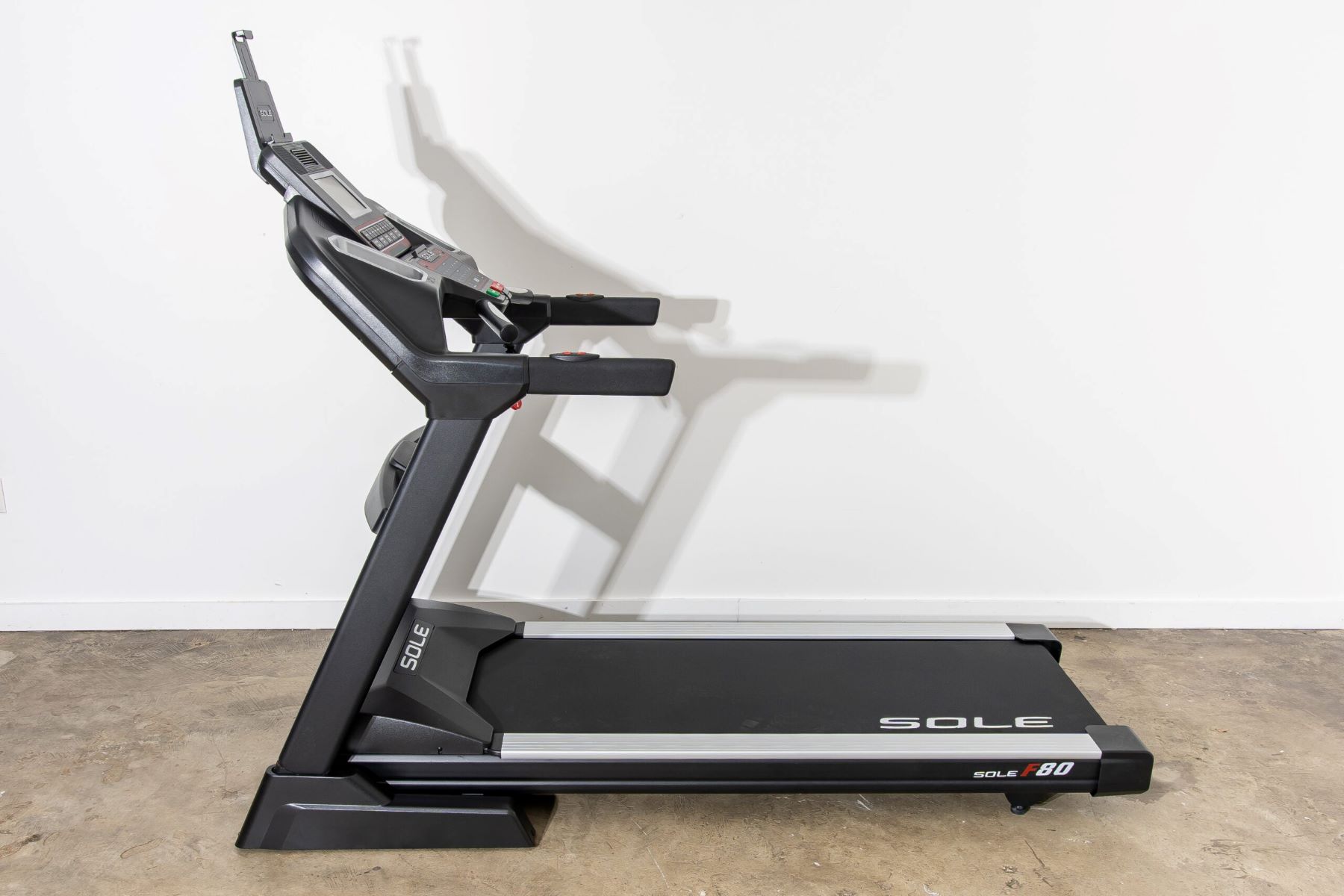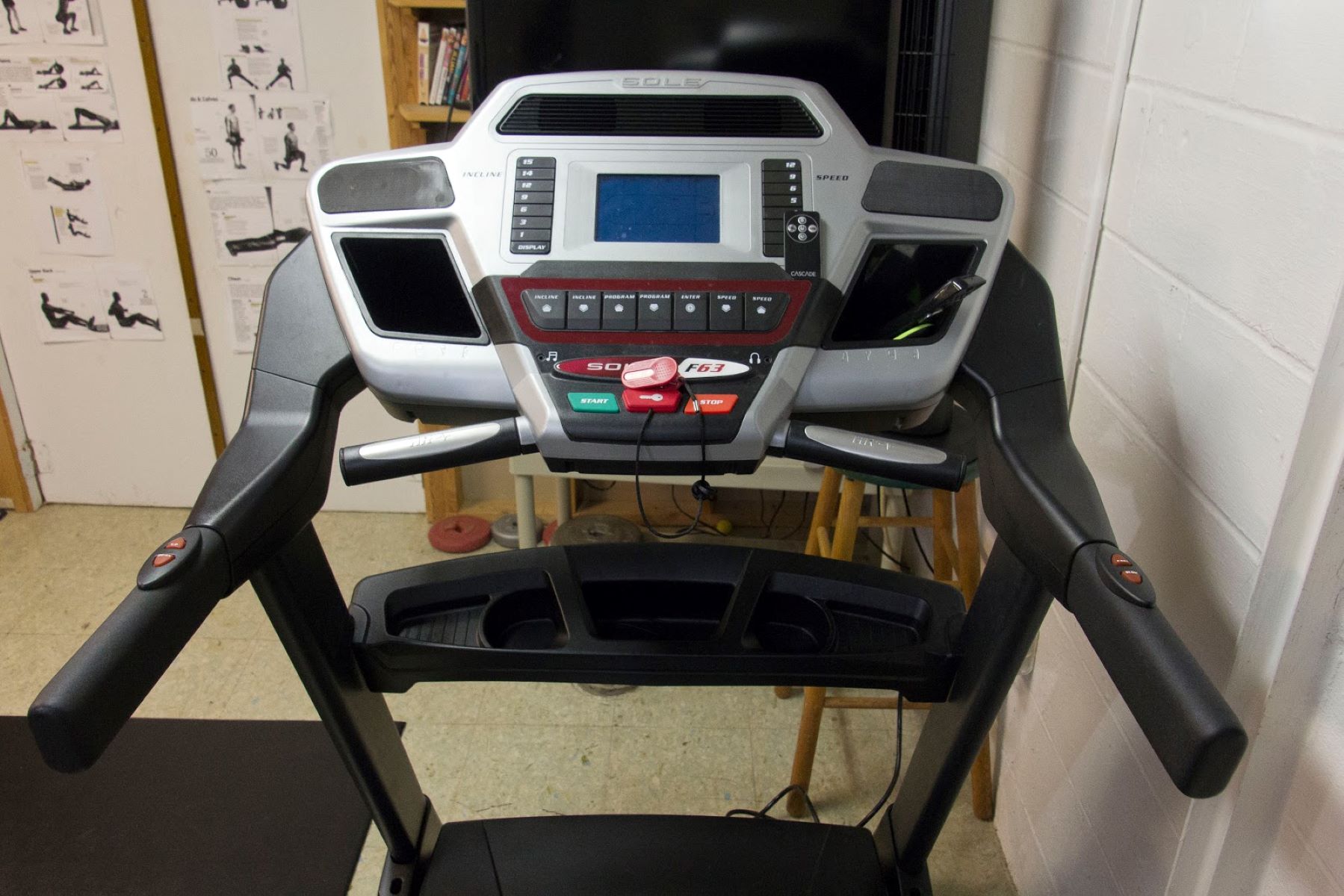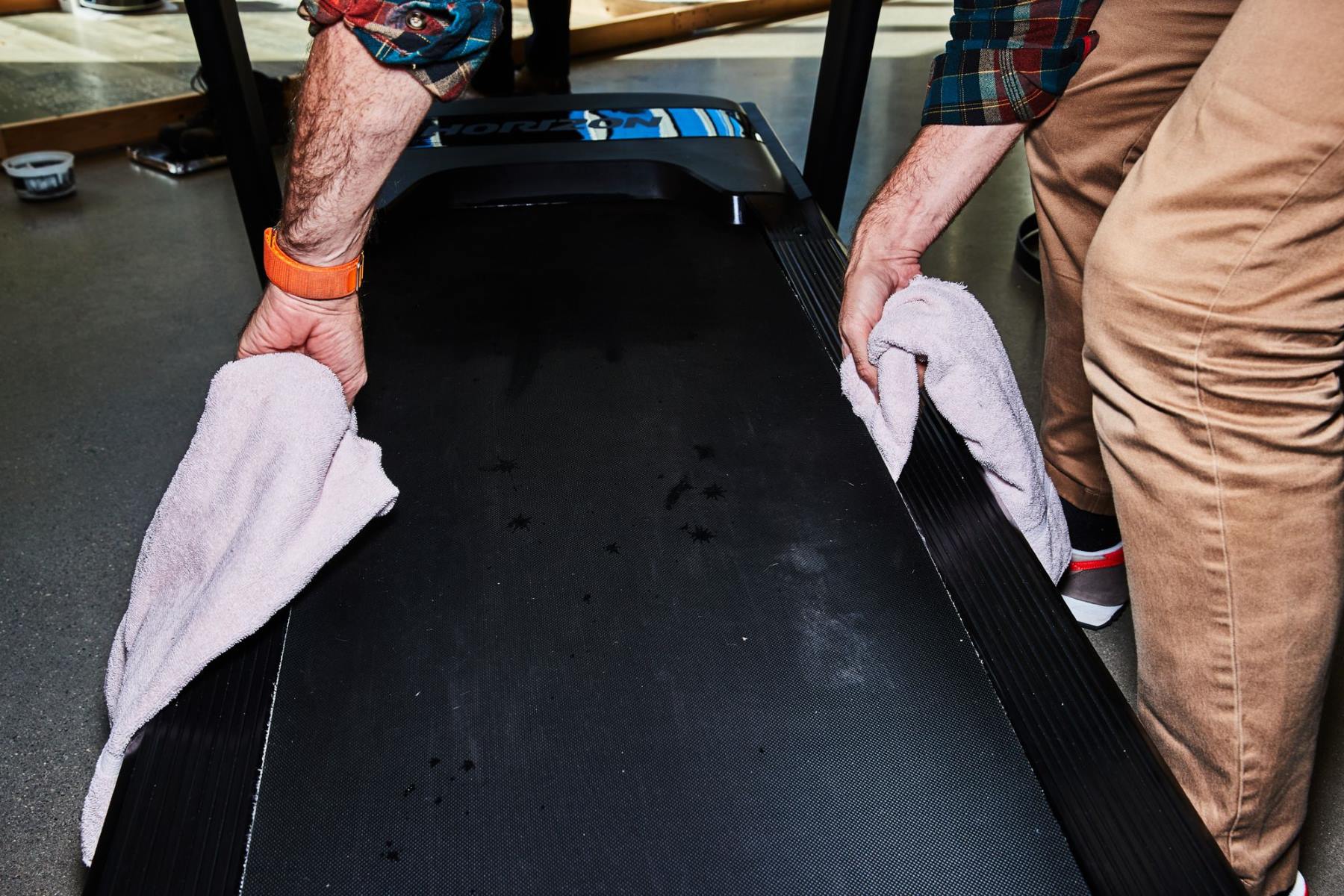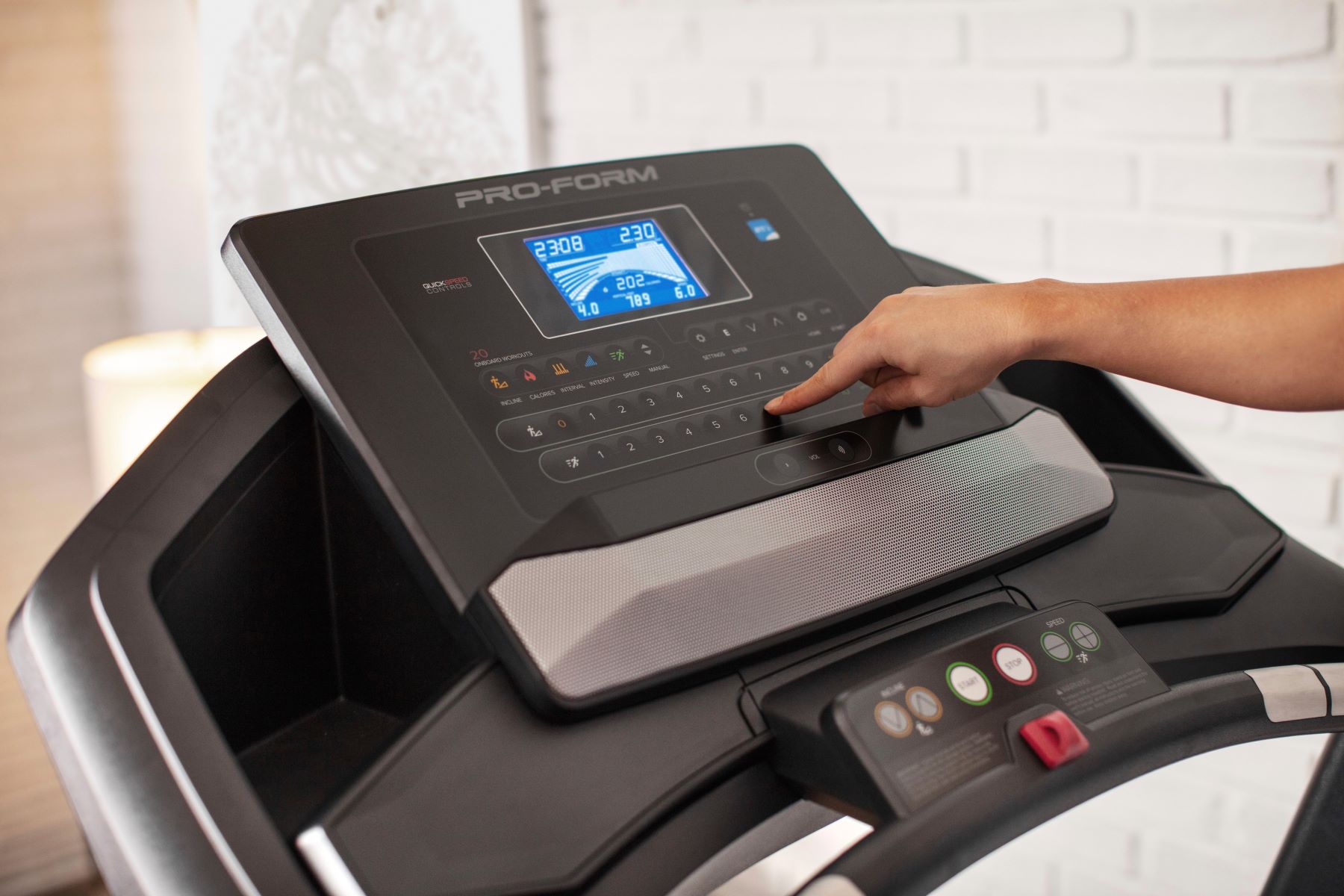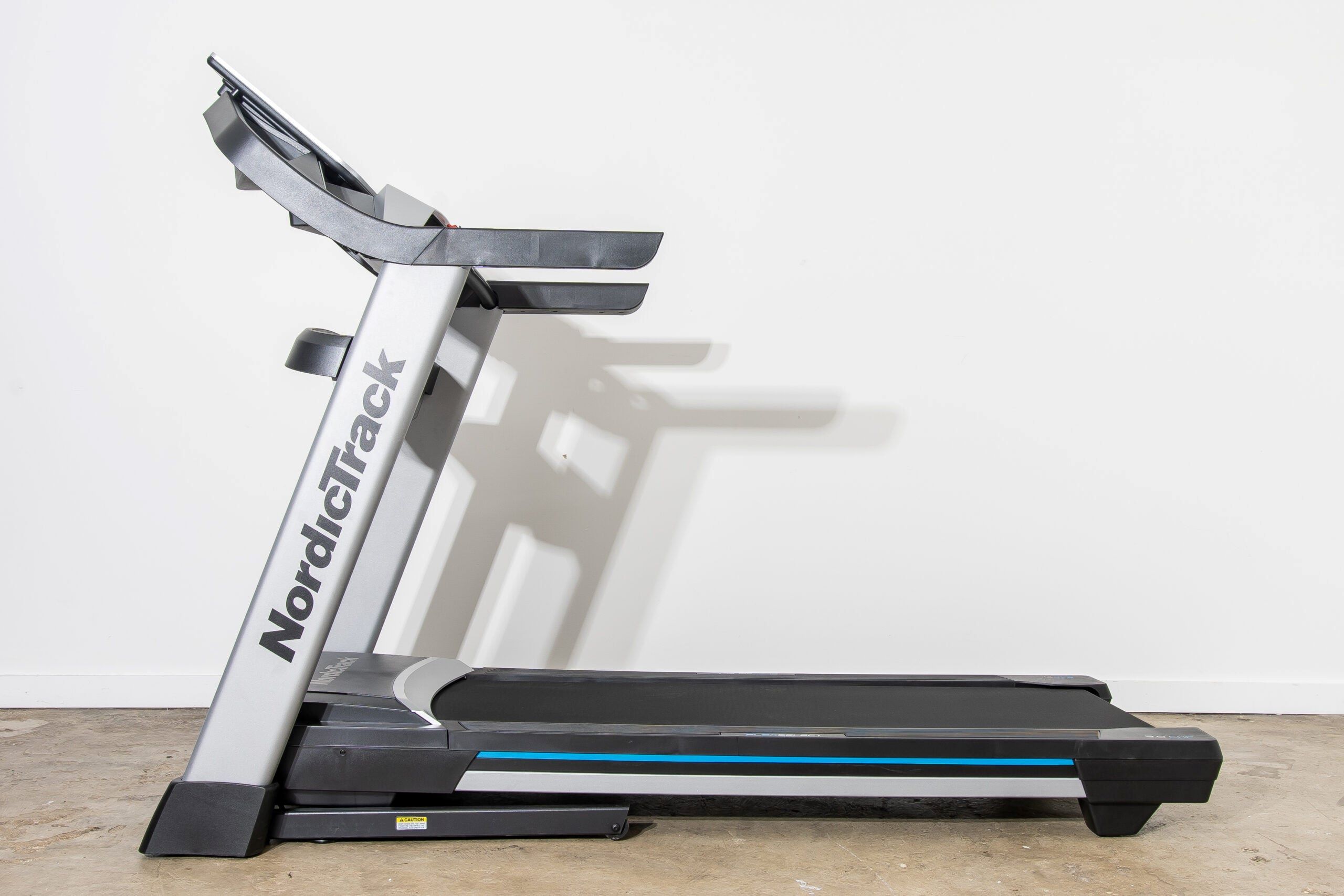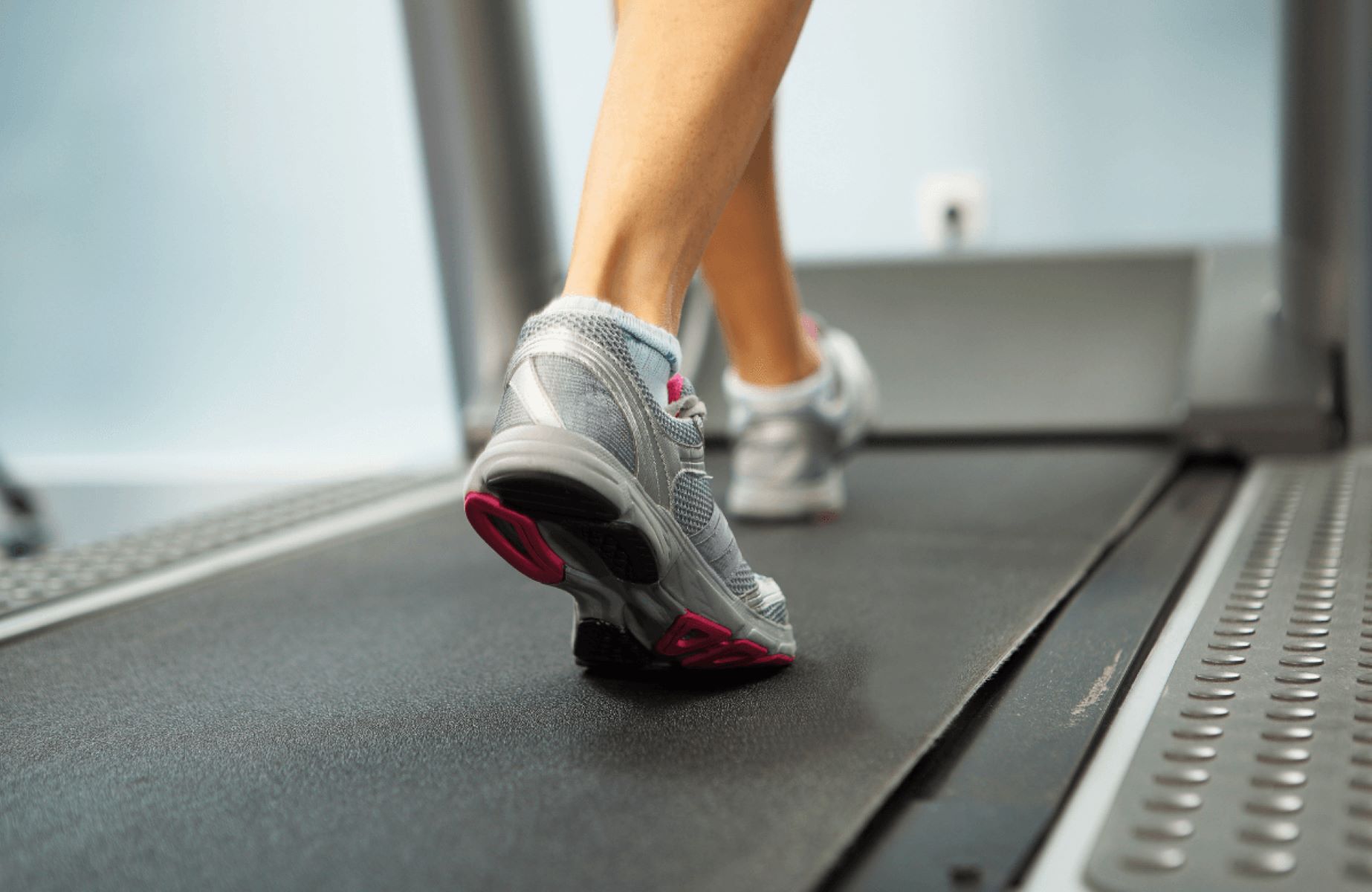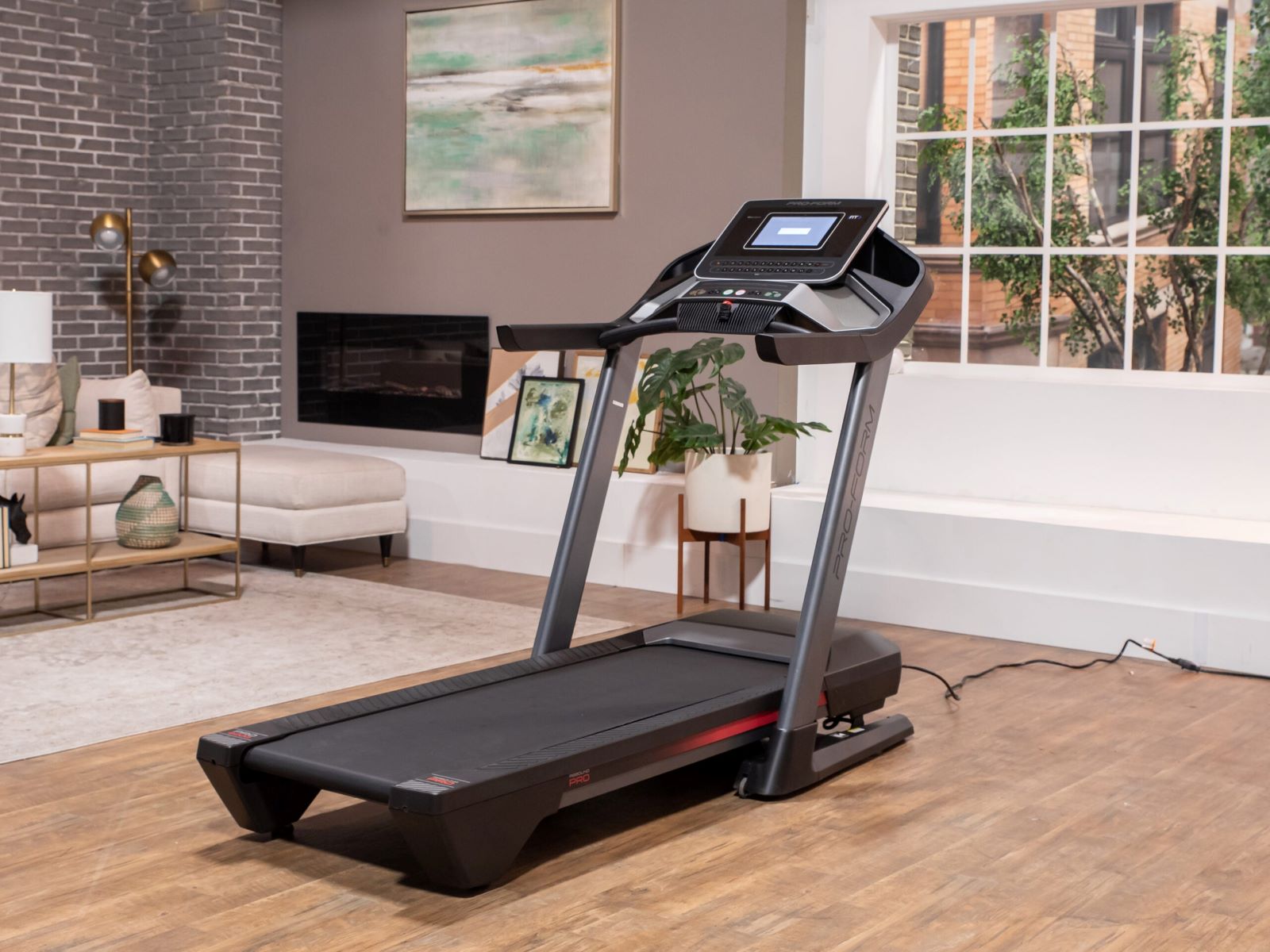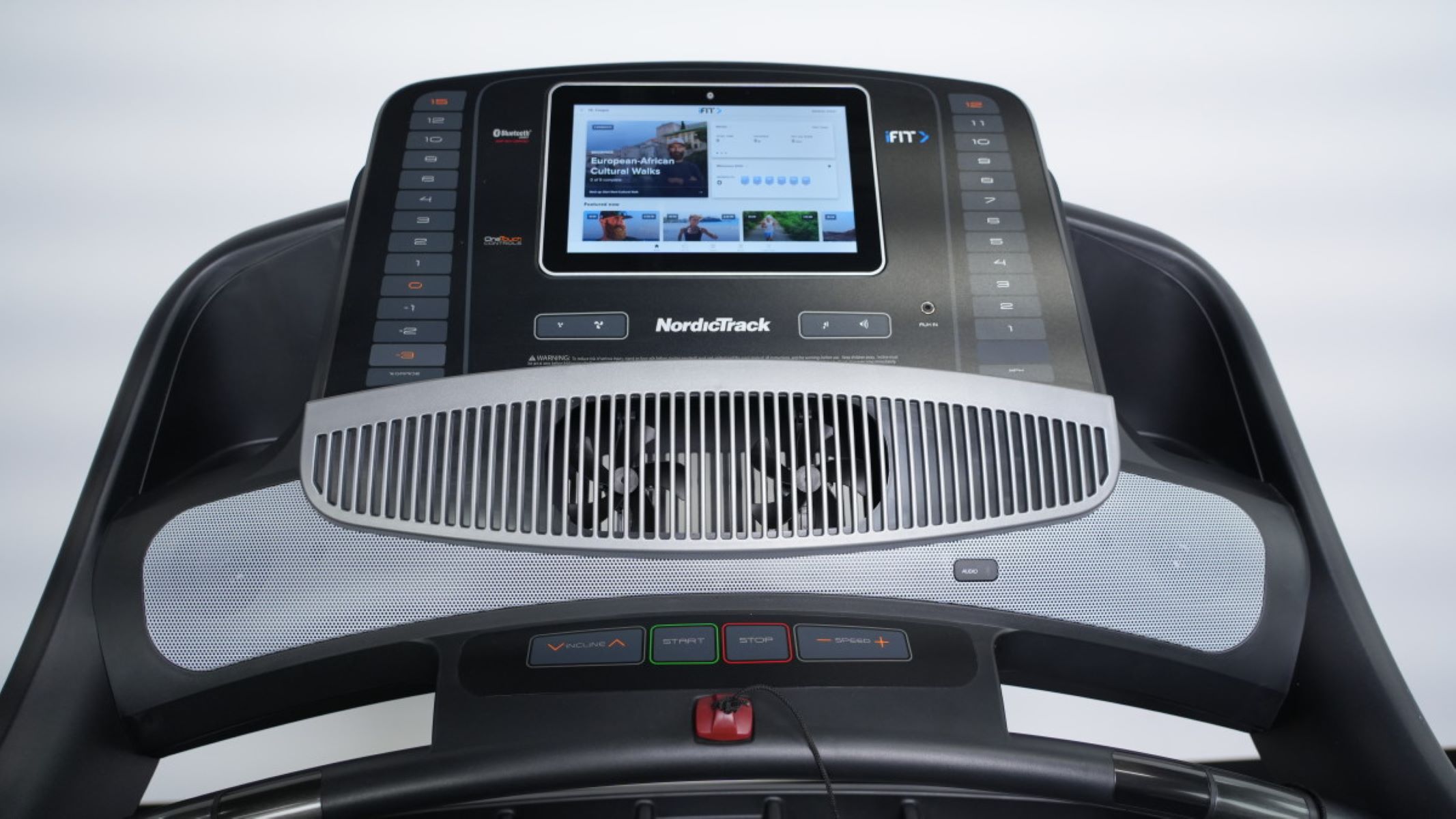Home>Misc>Featured>Should You Turn Off Treadmill When Not In Use
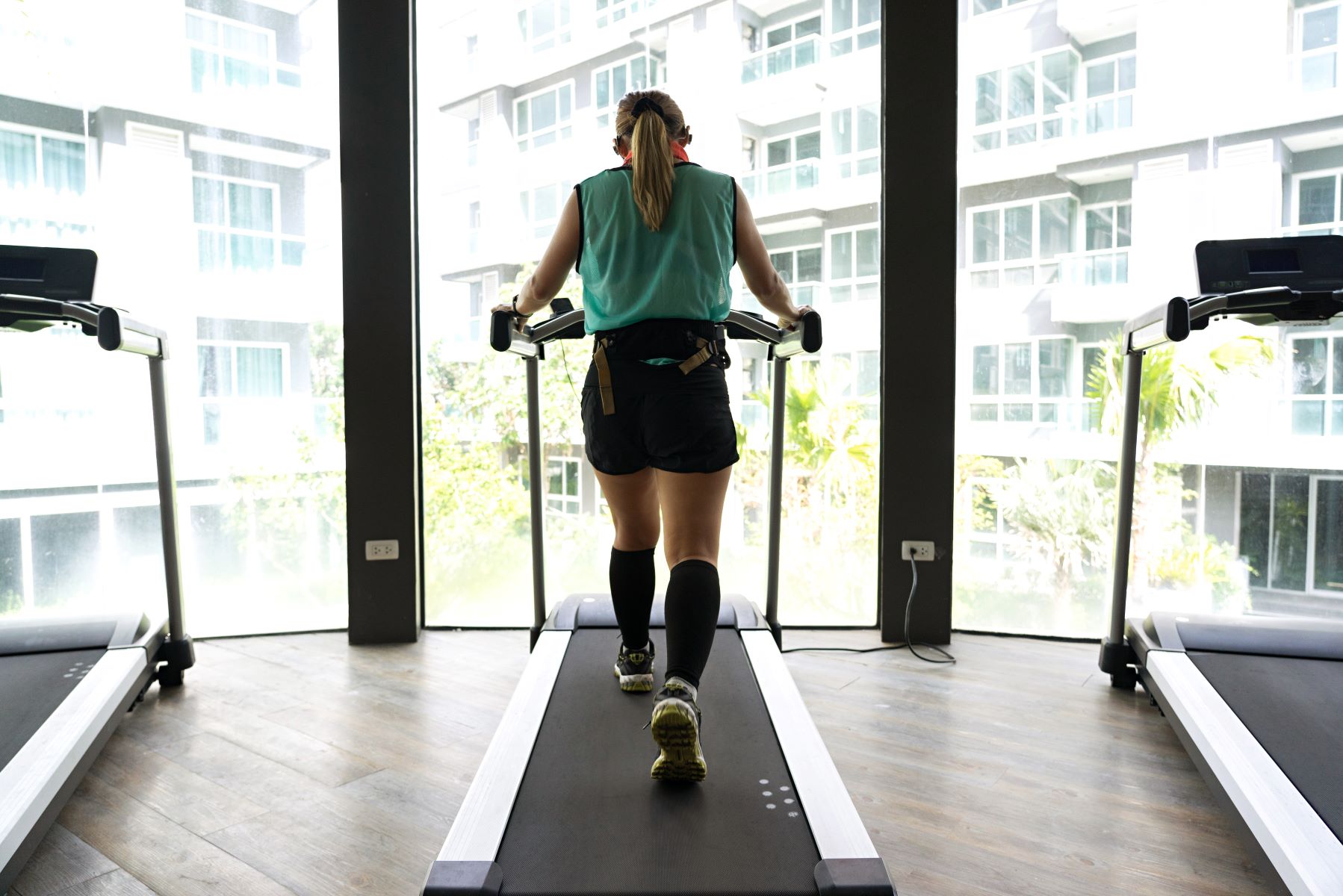

Featured
Should You Turn Off Treadmill When Not In Use
Modified: August 19, 2023
Discover if you should turn off your treadmill when it's not in use. Read our featured article to find out how to extend your treadmill's lifespan and save energy.
Introduction
Welcome to the world of treadmills! These versatile exercise machines have become a staple in home gyms and fitness centers worldwide. However, have you ever wondered if it’s necessary to turn off your treadmill when it’s not in use? In this article, we will explore the importance of powering down your treadmill and the potential risks and benefits associated with leaving it on.
While some people believe that leaving their treadmill on is more convenient, others argue that turning it off can save energy and prevent unnecessary wear and tear. Whether you’re a seasoned fitness enthusiast or a newcomer to the world of treadmills, understanding the impact of keeping your machine running when it’s not needed is crucial.
In this comprehensive guide, we will delve into the energy consumption of treadmills, the potential risks of leaving them on, and the long-term impact on their lifespan. Additionally, we will discuss the proper steps to follow when turning off your treadmill, ensuring optimal functionality and efficiency.
Join us as we unravel the mysteries of treadmill operation and answer the burning question: Should you turn off your treadmill when not in use?
Background
The treadmill, a revolutionary piece of exercise equipment, was first patented in 1913 by William Staub. Since then, it has evolved to become a common fixture in fitness centers and home gyms around the world. These machines simulate the experience of walking, jogging, or running at various speeds and inclines, providing a convenient and versatile way to stay active indoors.
Modern treadmills are equipped with a range of features, including adjustable speeds, inclines, and workout programs. They offer a low-impact cardiovascular workout that helps improve cardiovascular health, burn calories, and build endurance. With their ease of use and accessibility, treadmills have become a popular choice for people of all fitness levels and goals.
However, along with the convenience and benefits of owning a treadmill comes the responsibility of proper maintenance and operation. One key consideration is whether to turn off the treadmill when it’s not in use. This decision can impact both energy consumption and the longevity of the machine.
To make an informed choice, it’s important to understand how treadmills operate and the potential consequences of leaving them on. Let’s dive deeper into the factors that influence the decision to turn off your treadmill and explore the potential risks and benefits associated with this action.
The Importance of Turning Off a Treadmill
Turning off your treadmill when it’s not in use is not just a matter of personal preference; it actually carries several important benefits. One of the primary reasons to power down your treadmill is energy conservation.
Treadmills consume a significant amount of electricity, especially if they include features like motorized inclines and advanced workout programs. By turning off the machine when you’re done using it, you can reduce your energy consumption and contribute to a greener, more sustainable environment.
Aside from environmental considerations, turning off your treadmill also helps protect the machine and extend its lifespan. Constantly leaving it on can lead to unnecessary wear and tear on the motor and other components, reducing its overall reliability and performance over time.
Another important reason to turn off your treadmill is safety. Even when not in use, a treadmill that’s left powered on can pose a risk, especially if there are children or pets around. Accidental activation of the treadmill while unattended may lead to accidents and injuries.
Additionally, by turning off your treadmill, you can avoid potential hazards such as overheating. Treadmills generate heat during operation, and continuous use without breaks can cause the motor to overheat, leading to malfunctions or even complete breakdown.
Finally, turning off your treadmill can help keep its components clean and prevent the buildup of dust and debris. When the machine is left on for extended periods, these particles can accumulate, affecting its performance and necessitating more frequent maintenance.
In summary, turning off your treadmill when it’s not in use offers numerous benefits, including energy conservation, extended lifespan, safety, and cleanliness. By taking this simple step, you can protect both the environment and your investment in the treadmill while ensuring a safer and more enjoyable workout experience.
Energy Consumption of Treadmills
When it comes to energy consumption, treadmills are not the most energy-efficient machines. The amount of electricity they consume depends on various factors, including the speed and incline settings, the user’s weight, and the duration of the workout.
Typically, a treadmill in use can consume anywhere from 600 to 900 watts of electricity per hour. This is comparable to a small household appliance, such as a microwave oven or a toaster. In terms of monthly energy usage, running a treadmill for an hour every day can add around 18 to 27 kilowatt-hours to your electricity bill.
While these numbers may not seem staggering, they can add up over time, especially if multiple household members use the treadmill regularly. By turning off the treadmill when it’s not in use, you can significantly reduce your overall energy consumption and save on electricity costs.
Moreover, opting to power down your treadmill aligns with the global effort to reduce energy consumption and combat climate change. The energy saved by switching off treadmills collectively can make a noticeable environmental impact.
Fortunately, some treadmill models come with energy-saving features that automatically power down the machine after a period of inactivity. If your treadmill has this functionality, be sure to utilize it to maximize energy efficiency.
By being conscious of the energy consumption of your treadmill and taking steps to reduce it, you can not only save money but also contribute to a more sustainable future.
Potential Risks of Leaving a Treadmill On
Leaving your treadmill on when it’s not in use may seem harmless, but it can pose several risks and drawbacks. Understanding these potential hazards is crucial for maintaining a safe and functional exercise environment.
One of the main risks of leaving a treadmill powered on is the possibility of accidents or injuries. If children or pets have access to the area where the treadmill is located, they may inadvertently start the machine or get tangled in the moving belt, leading to serious harm.
In addition to safety concerns, leaving a treadmill on for extended periods can result in overheating. Treadmills generate heat during operation, and continuous use without breaks can cause the motor to overheat. This can lead to malfunctions, decreased performance, and even permanent damage to the machine.
Leaving the treadmill on continuously can also increase the wear and tear on its components, such as the motor and belt. These mechanical parts are designed to handle a certain amount of usage, and leaving the machine running unnecessarily can lead to premature deterioration and the need for expensive repairs or replacement.
Furthermore, the noise generated by a running treadmill can be a nuisance, especially if it’s left on while not in use. This continuous noise can be disruptive to other household members, neighbors, or anyone in close proximity to the machine.
Lastly, leaving a treadmill on unnecessarily not only wastes energy but also contributes to higher electricity bills. Considering the average energy consumption of treadmills, keeping them running when not in use can lead to unnecessary expenses and an increased environmental footprint.
To mitigate these risks and drawbacks, it is recommended to power down your treadmill when it’s not being used. This simple action promotes safety, extends the lifespan of the machine, reduces noise pollution, and helps conserve energy.
Long-Term Impact on Treadmill Lifespan
Leaving your treadmill on continuously can have a detrimental effect on its lifespan. Like any mechanical device, treadmills have a finite lifespan, but proper usage and maintenance can help prolong their longevity.
Constantly keeping a treadmill powered on can lead to increased wear and tear on its components, especially the motor. The motor is one of the most critical parts of a treadmill, responsible for powering the belt and providing the necessary resistance. Over time, continuous operation can cause the motor to overheat, leading to decreased performance or even failure.
In addition to the motor, other parts of the treadmill, such as the belt, rollers, and electronic components, also experience increased stress when the machine is left on for long periods. This can result in faster deterioration and the need for costly repairs or part replacements.
Furthermore, leaving a treadmill on without regular breaks deprives it of the necessary time to cool down. Heat is generated during operation, and prolonged running without rest can cause excessive heat buildup, potentially damaging the internal components.
Properly turning off your treadmill when it’s not in use allows the machine to cool down and rest, reducing the risk of overheating and increasing its overall lifespan. This simple step can result in significant cost savings by avoiding frequent repairs or premature treadmill replacement.
Regular maintenance is also crucial in preserving the lifespan of your treadmill. This includes lubricating the belt, keeping it clean and free of debris, and periodically inspecting and tightening any loose parts. Turning off the treadmill provides an opportunity to perform these maintenance tasks, ensuring its optimal performance and longevity.
By being mindful of the impact of continuous operation on your treadmill’s lifespan and taking the necessary steps to turn it off when not in use, you can enjoy a longer-lasting machine that provides consistent and reliable workouts for years to come.
Steps to Properly Turn Off a Treadmill
Properly turning off your treadmill is essential to ensure its longevity and to promote safety. Follow these simple steps to power down your treadmill effectively:
- Reduce Speed: Before turning off the treadmill, gradually decrease the speed to a slow walking pace. This helps to cool down the motor and prevents abrupt stops that can cause strain on the machine.
- Stop the Machine: Once the speed is reduced, press the “Stop” or “Pause” button on the treadmill’s control panel to bring the belt to a complete halt. This allows the motor to rest and prevents any accidental activation.
- Unplug the Power Cord: To completely turn off the treadmill, unplug the power cord from the electrical outlet. This ensures that no residual power is being consumed and eliminates the risk of any electrical issues.
- Clean and Maintain: While the treadmill is powered off, take the opportunity to clean the belt and deck using a soft cloth or brush. Remove any debris or dust that may have accumulated during use. It is also a good time to lubricate the belt if necessary, following the manufacturer’s guidelines.
- Store and Secure: If you need to store your treadmill for an extended period, make sure to fold it up and secure it properly. Follow the manufacturer’s instructions for folding and storing to prevent any damage to the machine during storage.
By following these steps, you not only ensure the proper shutdown of your treadmill but also create a safe and clean environment for your next workout.
Conclusion
In conclusion, turning off your treadmill when it’s not in use is a simple yet impactful practice that offers numerous benefits. By powering down the machine, you can conserve energy, protect the environment, and reduce your electricity costs. Additionally, properly turning off your treadmill helps prolong its lifespan, preventing unnecessary wear and tear on its components. This ultimately saves you money by avoiding costly repairs and replacements.
Leaving a treadmill on continuously can pose safety hazards, especially if there are children or pets around who may accidentally start the machine. It can also lead to overheating, decreased performance, and potential breakdowns. By taking the time to properly shut down your treadmill after each use, you can mitigate these risks and ensure a safe workout environment.
Remember to gradually reduce the speed, stop the machine, unplug the power cord, and take the opportunity to clean and maintain your treadmill. By following these steps, you not only promote the longevity of your treadmill but also create a clean and enjoyable exercise space.
So, the next time you finish your workout, take a moment to turn off your treadmill. By doing so, you contribute to a more sustainable future, protect your investment, and prioritize the safety of yourself and those around you.
